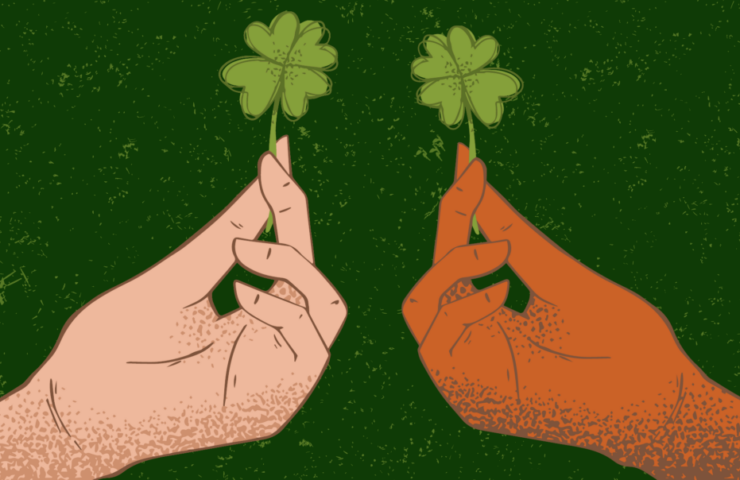America’s foundation is built on diverse immigrant populations coming together to form a unified nation. Among the array of cultures, the Irish heritage stands out as one that has left an indelible mark.
Approximately one in ten Americans can trace their ancestry back to Ireland, and notably, half of all U.S. presidents share this lineage. The continuing friendship between Ireland and America is highlighted on St. Patrick’s Day, an official holiday dedicated to the celebration of Ireland and its people.
St. Patrick’s Day is characterized by a variety of customs, all highlighted by the color green. Traditions range from wearing green clothing, dyeing rivers a vibrant green hue, hosting parades and partaking in traditional Irish cuisine and music.
Participants often celebrate with shepherd’s pie, corned beef with cabbage or Irish soda bread.
Additionally, music plays a pivotal role, with lively “ceili” gatherings bringing communities together through songs and dances. Shamrocks, leprechauns and other symbols are used as decorations, marking the festivities with an unmistakably Irish charm and culture.
The choice of green as the holiday’s main color is rooted in both Irish history and folklore. In the 1790s, the Society of United Irishmen adopted green as their color to promote the vision of a secular Irish government during the French Revolution. This symbolic choice was represented in numerous poems and ballads, most famously in “The Wearing of the Green.”
As Irish immigrants arrived in the United States and around the world, the color green remained a tangible connection to their roots, solidifying its association with St. Patrick’s Day celebrations.
As part of Irish folklore, Leprechauns embody the complex relationship between human desires and the supernatural. These male fairies or goblins are believed to safeguard hidden treasures and have been featured in Irish tales since the eighth century. They serve as cautionary symbols against greed, as they often use trickery to deceive humans seeking their pot of gold.
The day is honoring St. Patrick, who was the patron saint of Ireland, despite being born in Great Britain. After being kidnapped and held captive by Irish raiders for six years, he found escape in religion.
According to legend, Patrick walked over 200 miles of forest terrain before arriving at a port and securing passage back to Great Britain. However, the truthfulness of this story is controversial. Some scholars such as Roy Flechner, author of “Saint Patrick Retold: The Legend and History of Ireland’s Patron Saint” debate the “probability of Patrick managing to escape and cross 200 miles undetected is highly unlikely.” He also argues Parick might have been a slave trader due to his wealthy background. However, the traditional legend is written in his memoir and accepted because this is how he wants to be remembered. Upon his return to his family, he continued his religious journey, eventually being consecrated as a bishop under the name Patricius.
Saint Patrick returned to Ireland, the land of his captivity, to share his knowledge of Christianity. His successful missionary work led to widespread conversions, leaving a lasting legacy that inspired the creation of St. Patrick’s Day. The first celebration of St. Patrick’s Day occurred on March 17, 1631, in honor of Saint Patrick.
Over the centuries, St. Patrick’s Day has transcended its religious origins to become a global celebration of Irish culture, heritage and friendship.
The annual festivities provide an opportunity for people to keep connections and share in traditions that have been passed down through generations. As the enduring bond between Ireland and the United States continues to strengthen, St. Patrick’s Day remains a cherished testament to the resilience and vibrancy of Irish Americans and their invaluable contributions to American society.





Recent Comments